How you can make it into a splash pad
It is no secret that the economy is having an impact on recreational venues nationwide, public and private alike. Many venues are looking for economical ways to make changes to their existing facilities, whether for code reasons or just to update to a more current, aesthetically pleasing facility to attract more guests. One option that is becoming popular, especially with aging facilities, is retro-fitting an existing wading pool with a splash pad.
Splash pads are gaining popularity and can bring a lot of benefits and versatility to an existing facility. Splash pads can be designed with theming elements, above grade components for flush mounted fittings that allow the splash pad to serve other functions when the feature is turned off. However, splash pads can be more involved and complicated than expected. There are many things to consider when it comes to modifying your existing wading pool to accommodate a splash pad.
There are many reasons why venues are choosing to convert their wading pools to splash pads:
The wading pool is outdated or in-operable. Aging facilities are scattered throughout the country. Some owners are looking to improve their facilities to draw more participants or simply fix issues that may be plaguing the operation of the wading pool itself. Instead of just putting a band-aid on the issues at hand, converting the pool into a splash pad can be an viable option if money is already going to be spent in repairs.
The wading pool does not meet current codes. Health codes and building codes have evolved over the years and with the Model Aquatic Health Code on its way, updating the wading pool to ensure code compliance may be the only way to keep it in operation. Additionally, the new ADA laws require a ramp as the only acceptable means of entry into a wading pool. Rather than going to the expense of adding a new ramp, exploring the option of replacing the wading pool with a splash pad may be an option that can not only satisfy the ADA requirements, but bring a new, exciting component to the facility. Keep in mind splash pads are regulated to an extent in many areas of the nation, so understanding the requirements that will be in place is important.
Lack of operational (staffing) dollars, or liability reasons. Instead of closing a facility altogether because of lack of operational dollars, the option to create an “unsupervised” venue may be a viable option both legally and operationally. Splash pads in many communities do not require supervision staffing (i.e. lifeguards) and, because there is no standing water, they can be considered relatively safe. Signage and other code required safety items will need to be in place, but overall, splash pads generally can be left unsupervised, making them a good option when operational dollars have been trimmed.
Update facility with a new attraction to capture new clientele. There is no doubt that splash pads are an attractive component to add to any facility. With the wide variety of deck level and elevated features available, the possibilities are only bound by the imagination. With no standing water, attracting guests of various ages is relatively easy by creating different, interactive spray/play zones that cater to various age groups, making it a good aquatic component for the entire family.
Making the decision to convert a wading pool to a splash pad should not be taken lightly. There are many things to consider before a final decision is made, both operationally and physically.
Operational items to take in consideration:
Will the change enhance the aquatic offerings to the surrounding community? Is the wading pool at risk of closing permanently? Is the wading pool in such disrepair that it has to be closed repeatedly throughout the season for repairs? Are the demographics of the community changing; is there more demand for activities for all age groups and not just toddlers?
Is there money available for the conversion?
What is the overall intent of the conversion? Provide a community service or is a return on investment expected?
Will the upfront price of the conversion be worth the outcome?
What will be the extent of the conversion and how will it affect the existing operation of surrounding venues both during and after construction is complete?
Do you have the money to operate the splash pad once installed? Splash pads can be less expensive to operate than a pool, but they aren’t free. Ensuring a budget exists for utilities, chemicals, maintenance staff, etc., is still important.
What regulatory codes are in place and how will they affect splash pad operation? Are there requirements for safety signage, deck slopes, fencing, flow rates, lighting, restrooms and/or water quality (some municipalities require UV systems on splash pad systems, some will not allow flow-through systems). Local sewer and water districts may have a say in how supply and/or make up water is delivered and wasted from the system. And don’t forget construction and operation permits that may be required.
Two Ways To Retrofit
There are two basic ways to retrofit a wading pool with a splash pad: Build the new splash pad on top of the existing wading pool structure or remove the wading pool completely and build the splash pad in its place. Determining which direction to pursue can be a bit complicated; much like a spider web, many components are often times intertwined. Bringing in a professional such as a pool contractor or aquatic design professional that has experience with this type of analysis is imperative.
Building a splash pad without removing the wading pool structure can be a viable option if the existing structure is relatively sound. Professional analysis can help foresee issues that could plague the splash pad in the future such as settling, corrosion, etc. Sometimes the existing wading pool piping can be used to feed the new splash pad features.
There are a couple of items that should be kept in mind if this option is chosen: Depending on the desired final elevation of the splash pad, it may be necessary to remove a portion of the wading pool walls to accommodate the new required splash pad drainage slopes. Also, ensuring that any water that inevitably ends up getting under the splash pad can drain freely away (it was built to hold water after all) is important. This can be achieved by simply creating holes in the floor of the existing wading pool to allow for drainage.
If any existing piping is to be used, it should be pressure-tested to check for any existing leaks.
Obviously, complete removal of the wading pool is also a viable option. Ensuring that all debris is removed and soil is replaced with appropriate compacted engineered fill (this is where a geotechnical engineer should be consulted) are just a couple of important items to consider with this option.
Once a decision is made to either build on top of or replace the wading pool completely then the circulation options can be explored. There are two types of circulation systems that are commonly used: flow through and recirculating.
Circulation Systems
A flow through system is exactly that—the splash pad is fed with potable water directly from the city/county system (after back-flow prevention and pressure reducing requirements are met) and is drained to approved waste or re-claimed for irrigation use.
A recirculating system is a bit more complex. The features are fed by water that is held in a subterranean balancing tank and then the features drain back to the tank where it is filtered, chemically treated, sometimes heated and returned to the balancing tank and to the splash pad nozzles and toys.
In the simplest term, a big closed loop. More than likely, the wading pool’s circulation system will be similar to the splash pad recirculating system.
Careful consideration of the pros and cons of each system should be explored and determining the best option for circulation can depend on a multitude of items.
What type of circulation system is currently being utilized? Can any of the existing piping and/or equipment (filters, heaters, chemical controllers, etc.) be used? If utilizing the existing equipment is not an option (either it is too old, not functional or undersized), then is there funding available for new equipment? Where is the equipment room located? What is the elevation of the equipment room floor? Is there adequate space in the existing equipment room to add new feature pumps and other required components? If not, can a new space be built? Is there a location that would be viable to house a balancing tank (in a location where adequate slope from drain piping can be achieved)? What extent of demolition is allowable (tearing up decks, buildings, landscape, etc.)? Are splash pads/interactive fountains regulated by the local heath department? If so, what are the treatment requirements? Is supplemental sanitation, such as UV or ozone required? Are flow through systems allowed?
With the help of an experienced professional, these questions can be answered and a plan can be put in place to provide the best circulation options for the situation.
Regardless of the circulation method chosen, making sure the new splash pad deck has the appropriate elevations to ensure correct drain slopes is very important. The new deck should be non-slip and slope toward the feature collection drains within the splash pad “crest” (the perimeter of the splash pad) and slope away from the crest and to deck drains or landscaping on the exterior perimeter of the splash pad. Additionally, consideration should be given to how the new deck will tie into any existing decking that may remain. Making sure to comply with all local codes is also important.
Other things to consider when converting your wading pool to a splash pad include: local health departments and other entities may dictate certain criteria for the splash pad such as fencing and lighting. What about utilities surrounding the splash pad? Are there existing structures or landscape and irrigation that may need to be modified? Are there large trees or other landscape items that may drop debris on the splash pad? Sun exposure and prevailing winds should also be kept in mind.
Each site and the existing condition of the wading pool will present its own challenges. With some existing wading pools it may make more sense to completely start over and remove the entire wading pool and equipment, while with others it may make more sense to utilize as much of the existing equipment and components as possible. An experienced splash pad contractor or designer can assist in making an assessment of the existing conditions and develop a plan of action and provide additional recommendations.
If your facility has a wading pool and is in need of updating or if price of code compliance seems to outweigh the value of your wading pool, then spending a bit of money and converting your wading pool to a fun, safe, code compliant splash pad may be the answer.
About The Authors
Smith has worked in the field of aquatics for more than 25 years. She has held many positions, including lifeguard, swim instructor, swimming and water polo coach, pool manager, aquatic coordinator and assistant facility director. Smith joined Salt Lake City-based Water Design in 2006 as a project designer and consultant and uses her extensive experience in aquatic operations to assist new and existing facility operators with staffing, risk management, training, budget analysis and program development. E-mail her at [email protected].
Redman began his career in the swimming pool industry working as a drafter for a pool contractor in 1988. He remained with that firm for more than 16 years where he eventually became the construction manager overseeing the design and construction of in-ground swimming pools. Redman joined Water Design in 2005. He is a senior designer and project manager. He is responsible for the design and construction administration of pools, spas, splash pads and water features for resorts, municipalities, and high-end residences. E-mail him at [email protected].

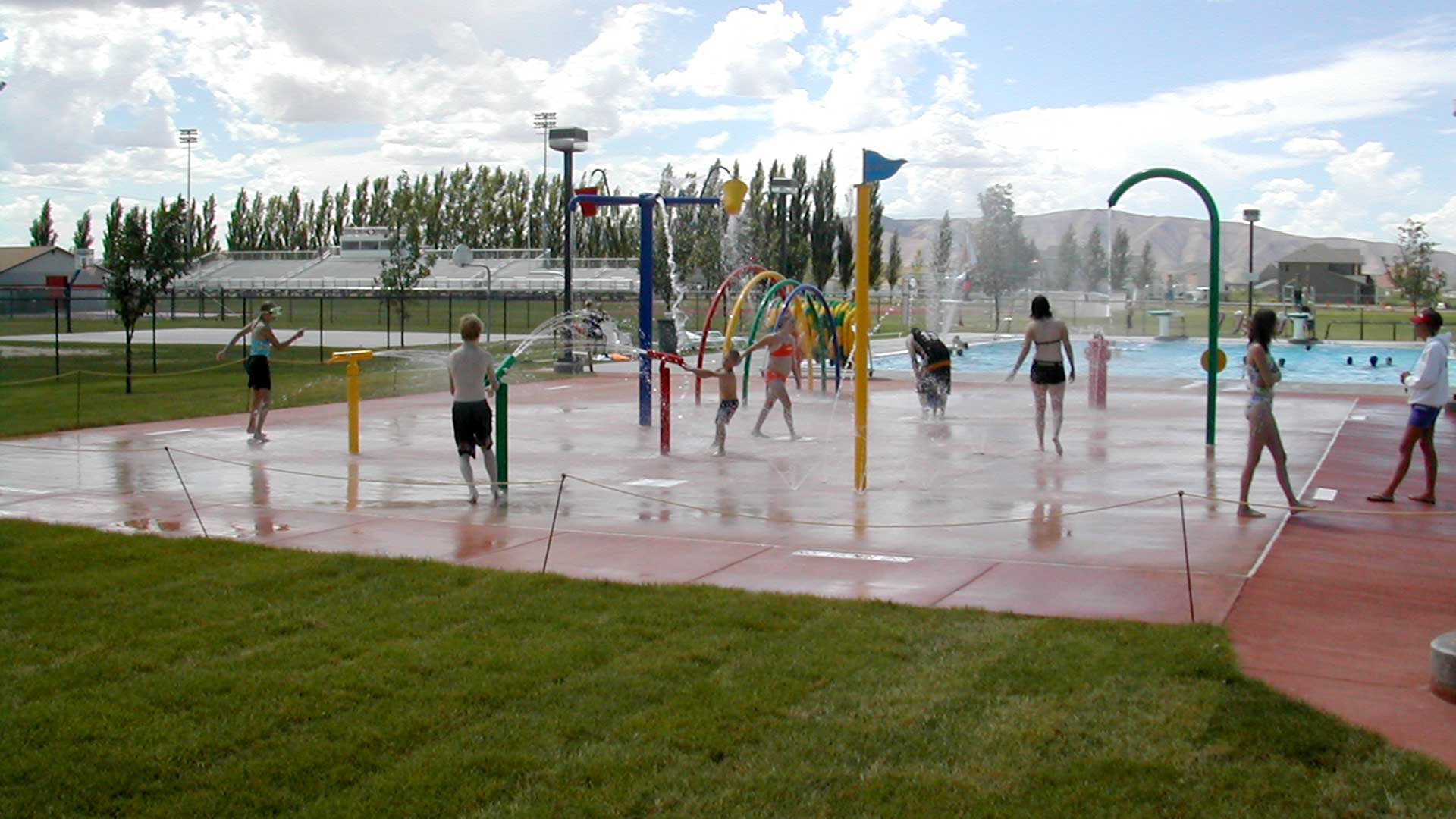

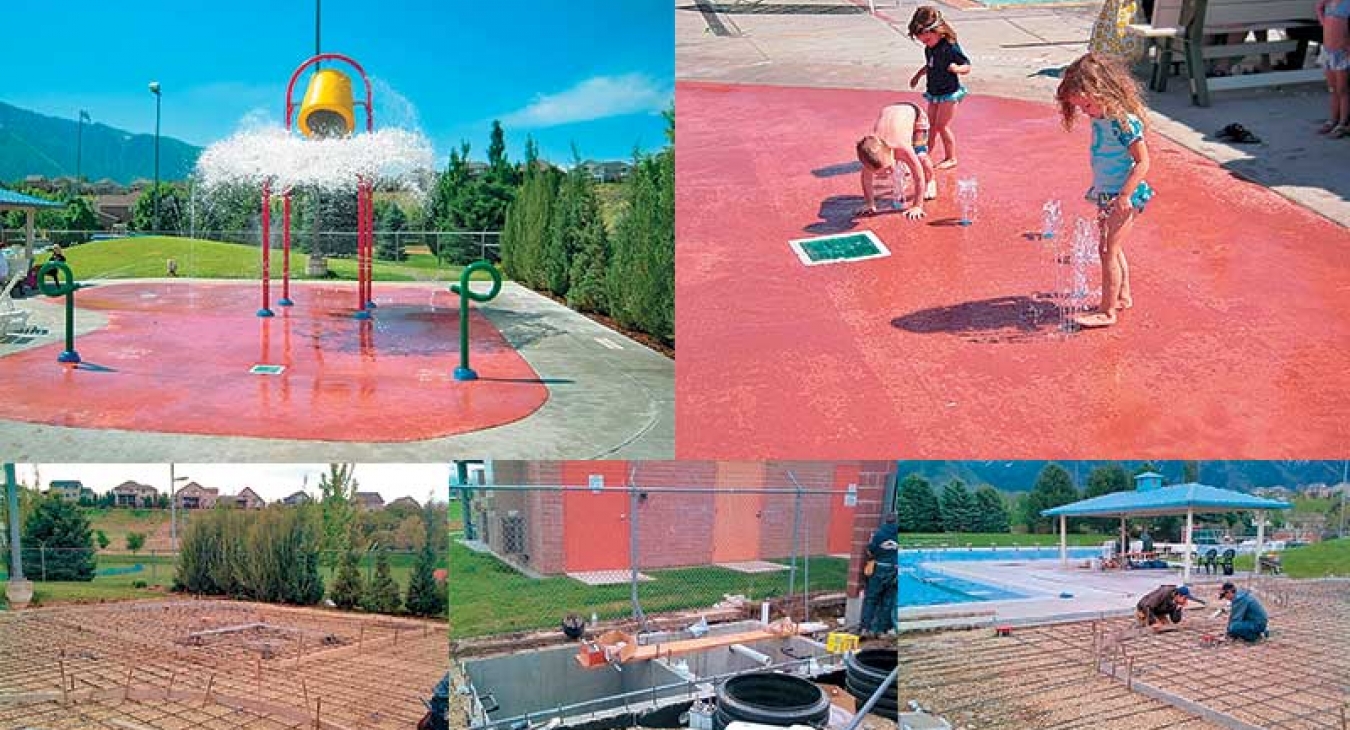
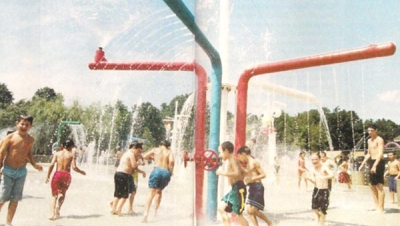

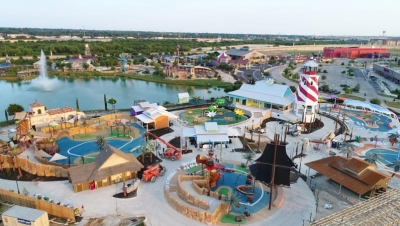


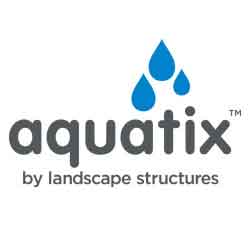



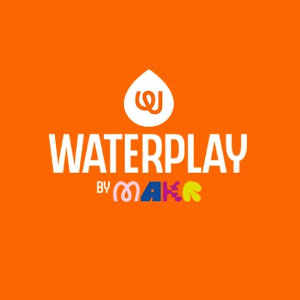
Add new comment